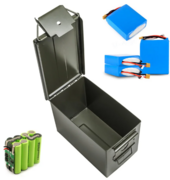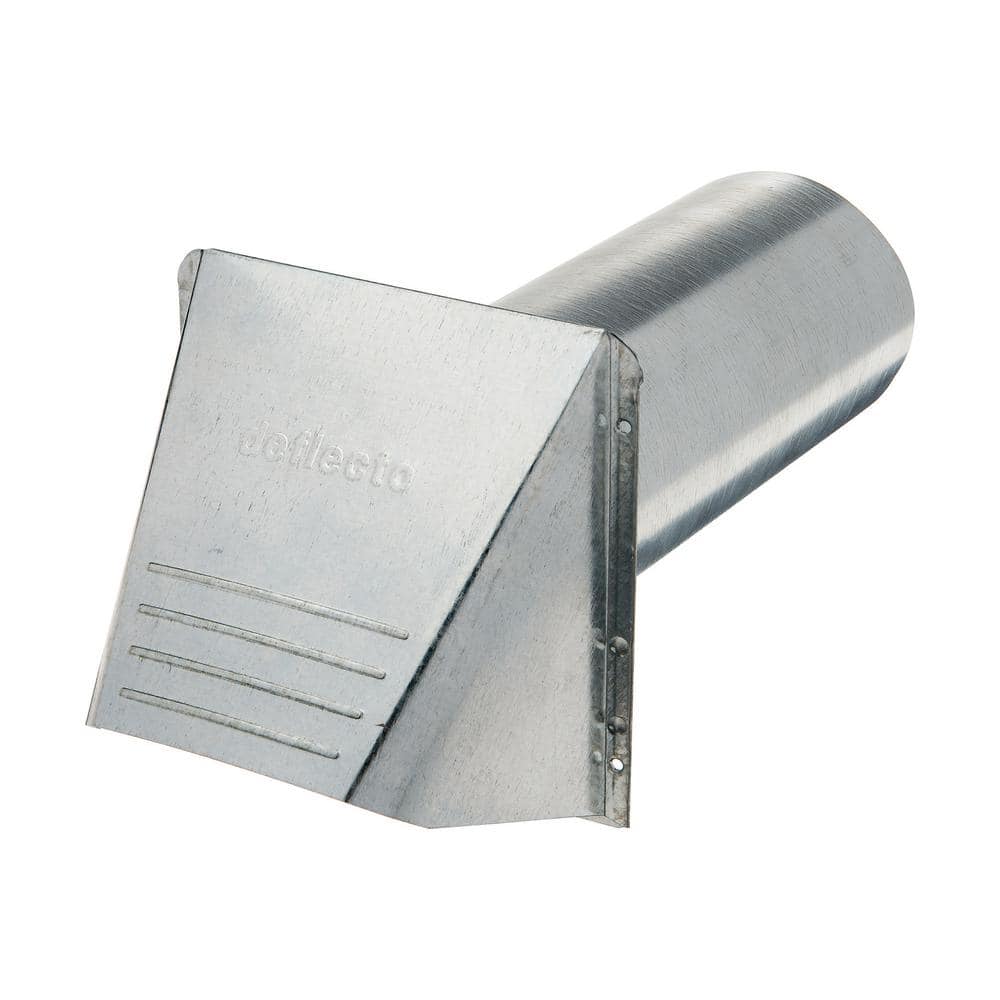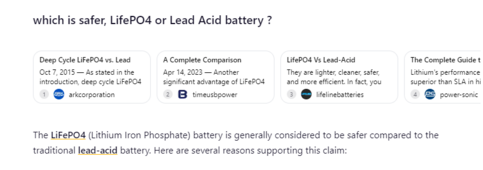I currently use Deep-Cycle lead acid battery(12v-100AH) with my small Off-grid solar system, but since it's(Battery) capacity has dropped significantly after using only for a 1 year, thinking of switching to a LifePo4 pack (since I don't like to buy a new battery each year).
But the problem is I don't have a separate shed/room (with ALL flammable stuff removed) like all others do to mitigate the risks associated with Lithium batteries.
I can keep the battery away from any bed rooms. But still inside the house.
[Also LTO is too expensive for me and NOT readily available in my country]
I know LifePO4 is significantly safer than it's predecessors, but still posses a risk.
Could you kindly please weigh in on my below intended approaches to make it safer.
Are they all (or some) useless ? Should I avoid LifePO4 ? What would you do if you were me ?
?
- This will only be a low powered (24v 100AH) battery
- JK BMS used
- Prismatic A grade Lifepo4 cells used from a reputed brand (e.g. EVE) with QR codes verified.
- Intending to use 2 or 4 "Fireproof RC Model Lipo Battery Safety Protective Storage Case Explosion Proof Box", with only 4 or 2 cells in one box(as per the ad - box is produced with thick, high-strength Q235 carbon steel). With cells compressed with a non-conductive ABS sheet in between the cells.

- Cells will NOT directly contact metallic box (a non-conductive ABS material placed in between cells and the box)
- I can additionally put each box again inside separate Lipo Safety Bags(or place Cells inside the Lipo bag and then place the Lipo bag inside the above metallic box). [Don't know if Lipo safe bag is of any use in LifePO4 context]
- All of above placed in a metallic Battery cabinet
- I can cover the battery cabinet with a fire blanket.
- [Optionally - not sure if this is feasible] Add independent(from BMS) temperature sensor to each cell (either to alarm and/or automatically cut-off the battery if at least one sensor detects a temp rise. It will be powered(or at least started) by a different smaller pow supply).
- Not sure about the strength of the above metallic box since it did NOT arrive yet, but if it is strong enough I can keep a plastic sand bag on top of each box.
- Keep 1 or 2 , Auto fire Extinguishers balls inside the battery cabinet. I saw YT videos saying they don't work and only the large sound they make is useful.
[This brand is NOT available for purchase in my country unfortunately => Saw this YT video showing a Auto Fire Extinguishers(Fire ball) extinguishing a Lithium fire (but NOT much details available)-
]
At last, keep Gas masks enough for every one in the house, if all above fails (since LifePO4 fumes are said to be toxic) + Fire extinguisher.
But the problem is I don't have a separate shed/room (with ALL flammable stuff removed) like all others do to mitigate the risks associated with Lithium batteries.
I can keep the battery away from any bed rooms. But still inside the house.
[Also LTO is too expensive for me and NOT readily available in my country]
I know LifePO4 is significantly safer than it's predecessors, but still posses a risk.
Could you kindly please weigh in on my below intended approaches to make it safer.
Are they all (or some) useless ? Should I avoid LifePO4 ? What would you do if you were me
- This will only be a low powered (24v 100AH) battery
- JK BMS used
- Prismatic A grade Lifepo4 cells used from a reputed brand (e.g. EVE) with QR codes verified.
- Intending to use 2 or 4 "Fireproof RC Model Lipo Battery Safety Protective Storage Case Explosion Proof Box", with only 4 or 2 cells in one box(as per the ad - box is produced with thick, high-strength Q235 carbon steel). With cells compressed with a non-conductive ABS sheet in between the cells.

- Cells will NOT directly contact metallic box (a non-conductive ABS material placed in between cells and the box)
- I can additionally put each box again inside separate Lipo Safety Bags(or place Cells inside the Lipo bag and then place the Lipo bag inside the above metallic box). [Don't know if Lipo safe bag is of any use in LifePO4 context]
- All of above placed in a metallic Battery cabinet
- I can cover the battery cabinet with a fire blanket.
- [Optionally - not sure if this is feasible] Add independent(from BMS) temperature sensor to each cell (either to alarm and/or automatically cut-off the battery if at least one sensor detects a temp rise. It will be powered(or at least started) by a different smaller pow supply).
- Not sure about the strength of the above metallic box since it did NOT arrive yet, but if it is strong enough I can keep a plastic sand bag on top of each box.
- Keep 1 or 2 , Auto fire Extinguishers balls inside the battery cabinet. I saw YT videos saying they don't work and only the large sound they make is useful.
[This brand is NOT available for purchase in my country unfortunately => Saw this YT video showing a Auto Fire Extinguishers(Fire ball) extinguishing a Lithium fire (but NOT much details available)-
At last, keep Gas masks enough for every one in the house, if all above fails (since LifePO4 fumes are said to be toxic) + Fire extinguisher.




